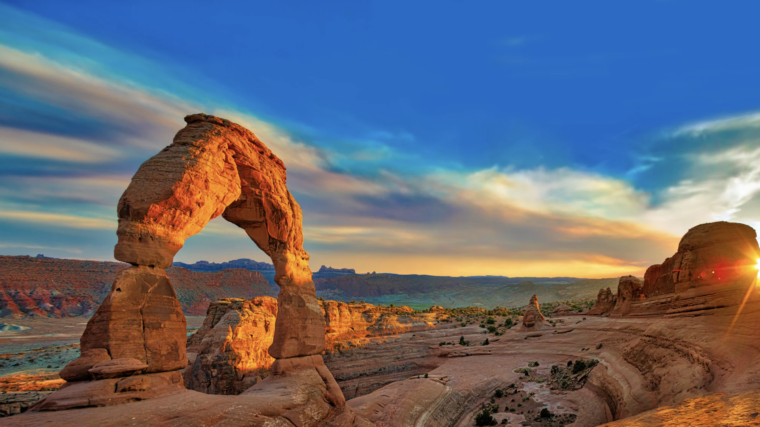In this guide, we dive into the world of undiscovered national parks, spotlighting those hidden gem parks that remain off the beaten path. Far from the crowds and the usual tourist trails, these nature reserves offer a unique opportunity to experience the wilderness in its most pristine form. We aim to unveil these lesser-known destinations, providing you with the insights needed to explore them. Whether you’re an avid hiker, a wildlife enthusiast, or simply someone seeking peace away from the bustling tourist spots, this journey through the least visited national parks promises an adventure into the heart of nature’s untouched beauty.
Why Explore Less Visited National Parks?
Exploring less visited national parks offers a wide variety of benefits that enhance both your travel experience and your appreciation of nature’s unspoiled beauty. The advantages of venturing into secluded national parks are numerous, providing a distinct contrast to the often overcrowded popular tourist destinations.
Tranquility and Solitude: One of the most compelling reasons to choose lesser-known parks is the peace and quiet they afford. Without the crowds, you can truly immerse yourself in the natural environment, allowing for a more personal and reflective experience.
Unique Natural Beauty: These parks often hide some of the most breathtaking landscapes, untouched and preserved. Their seclusion has protected them from the impact of mass tourism, offering vistas and wildlife encounters that are rare and extraordinary.
Adventure and Discovery: The path less traveled promises adventure. Exploring these hidden gems means you’re likely to be among the few who have witnessed their specific wonders, from unique geological formations to rare species of flora and fauna.
Contribution to Conservation: By visiting less crowded parks, you contribute to the diversification of tourism and the economic support of conservation efforts in these areas. Your interest and entrance fees help fund the maintenance and protection of these precious ecosystems.
Personal Growth: The challenges and experiences found in lesser-known parks can foster personal growth. Navigating less established trails, for instance, can enhance your self-reliance and outdoor skills.
Top 10 Least Visited National Parks in the U.S.
1. Gates of the Arctic National Park, Alaska
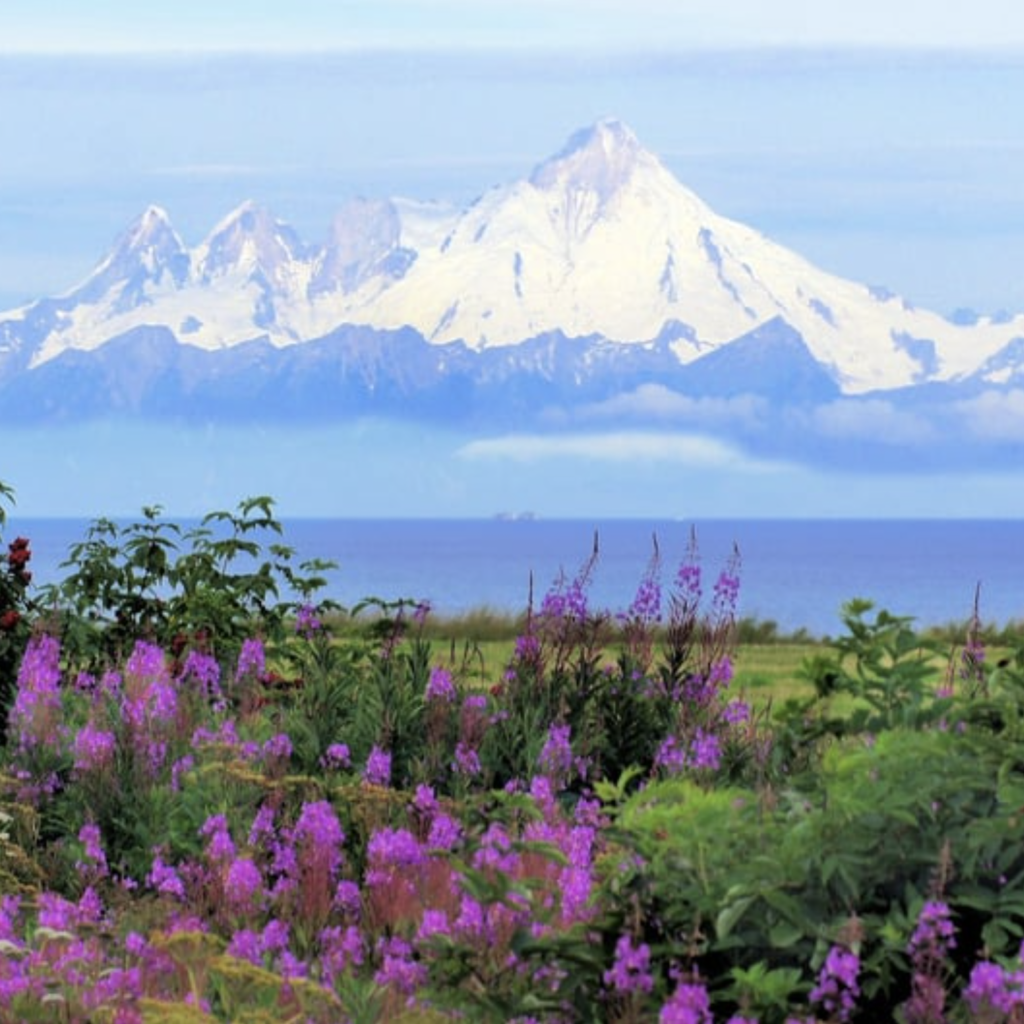
One of the ultimate wildernesses in the United States, Gates of the Arctic National Park is a spectacular landscape of rugged mountains and pristine valleys. With no roads or trails, it epitomizes the idea of remote, untouched wilderness, offering unparalleled opportunities for backcountry hiking and camping.
Hiking: Embark on backcountry hiking adventures in one of the most untouched wilderness areas. Prepare for self-sufficiency in this trail-less landscape.
Wildlife Viewing: Spot grizzlies, caribou, and wolves in their natural habitat.
Photography Spots: Capture the raw beauty of the Brooks Range and the endless Arctic skies.
Best Season: Summer (June to August) for hiking and wildlife viewing, when the days are longest. Winter (December to March) offers a different experience with snowshoeing, skiing, and aurora viewing.
2. Isle Royale National Park, Michigan

Nestled in the heart of Lake Superior, Isle Royale is a secluded island that offers unique wildlife viewing, including the famous moose and wolf populations. Its isolation makes it one of the least visited parks, perfect for backpacking, kayaking, and exploring the tranquil forests.
Hiking: Explore over 170 miles of scenic trails that offer solitude and stunning vistas.
Wildlife Viewing: Observe moose and wolves, and dive into the dynamics of their unique ecosystem.
Kayaking: Paddle through the pristine waters surrounding the island, exploring secluded coves.
Best Season: Late spring to early fall (May to September) is ideal for hiking and kayaking, with warmer weather and accessible trails and waterways.
3. North Cascades National Park, Washington
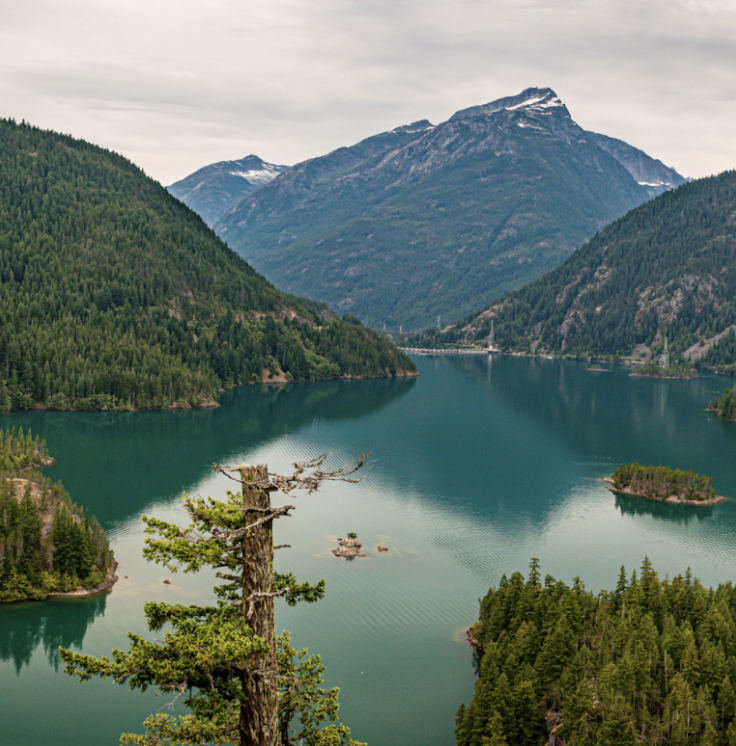
North Cascades National Park is a hidden gem with some of the most beautiful mountainous landscapes in North America. Its deep valleys, high peaks, and hundreds of glaciers attract those interested in hiking, climbing, and the serene beauty of the Pacific Northwest.
Hiking: Traverse diverse trails, from easy walks to challenging mountain climbs.
Wildlife Viewing: Look for black bears, mountain goats, and a variety of bird species.
Photography Spots: The dramatic landscape of jagged peaks and glaciers is a photographer’s dream.
Best Season: Summer (July to September) for hiking, camping, and exploring the high country. Spring and fall offer beautiful scenery with fewer visitors.
4. Kobuk Valley National Park, Alaska
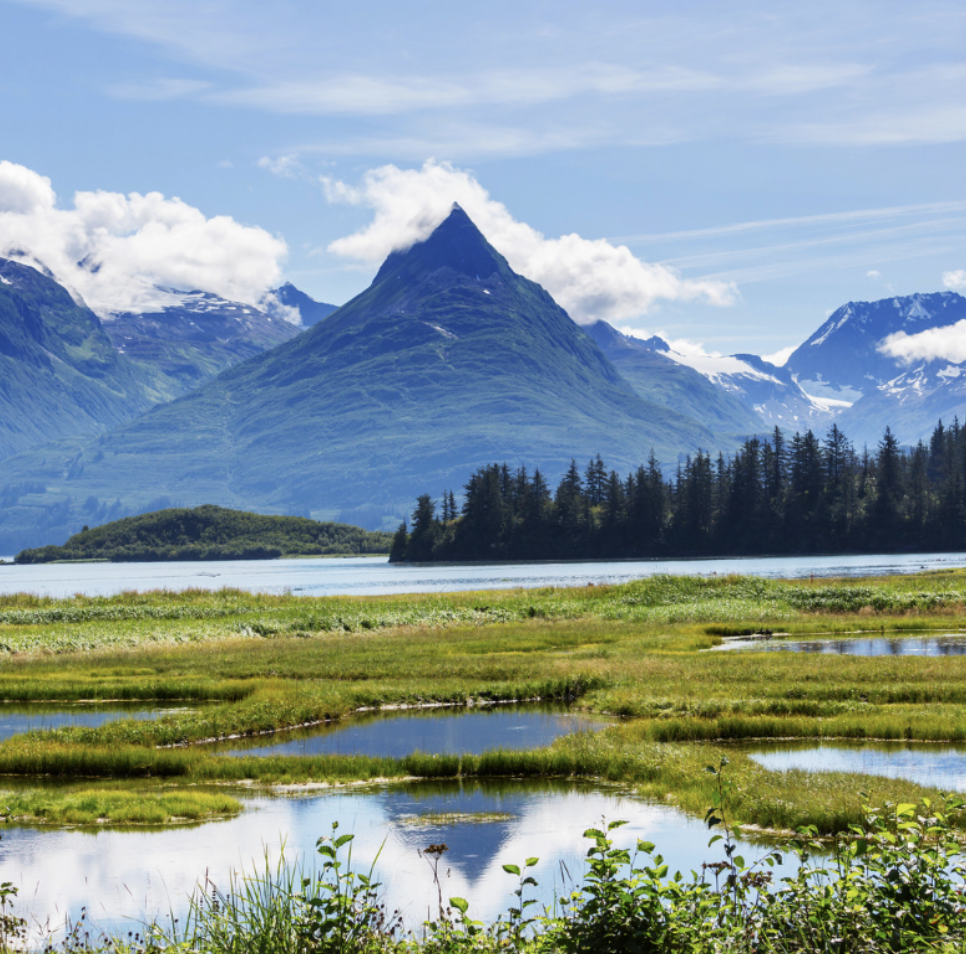
Famous for the Great Kobuk Sand Dunes, Kobuk Valley is a land of caribou, northern lights, and vast wilderness. Accessible only by air, it offers a truly off-the-grid experience for those looking to witness the Arctic’s unique ecosystem and cultural heritage.
Hiking: Experience the wilderness of the Arctic as you trek across the Great Kobuk Sand Dunes.
Wildlife Viewing: Witness the spectacular caribou migration, a once-in-a-lifetime sight.
Photography Spots: The sand dunes, river valleys, and Northern Lights offer unparalleled photo opportunities.
Best Season: Late spring through early fall (June to September) for sand dunes and river trips. Late summer for caribou migrations.
5. Lake Clark National Park and Preserve, Alaska
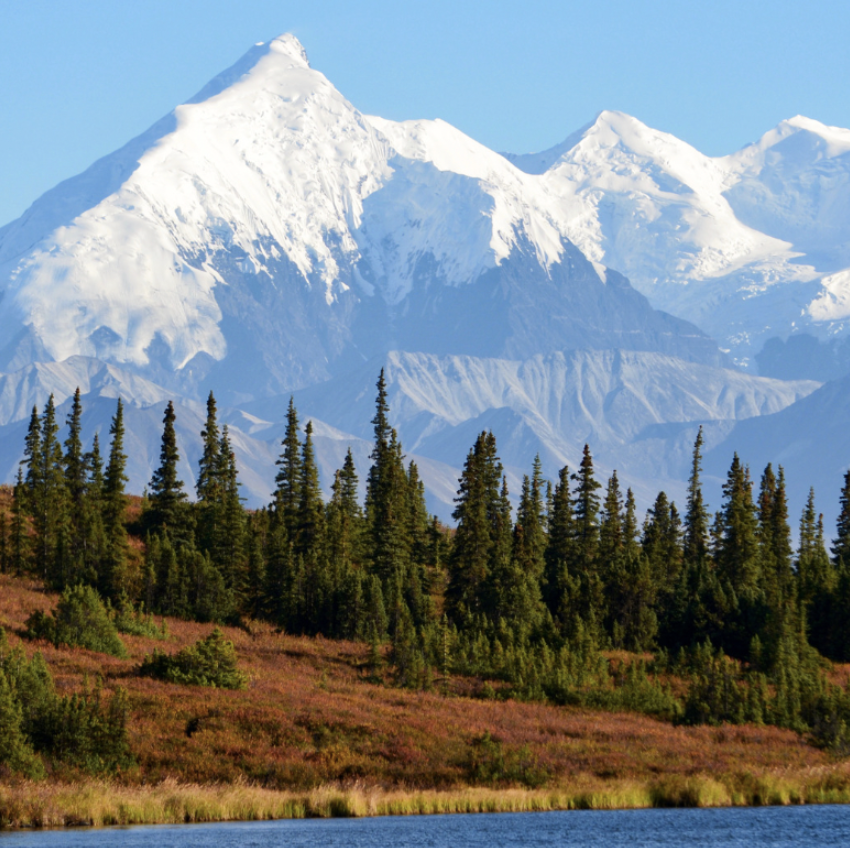
Offering a microcosm of Alaskan wilderness, Lake Clark features stunning landscapes that include mountains, lakes, rivers, and tundra. It’s a haven for fishermen, wildlife enthusiasts, and adventurers seeking solitude and breathtaking natural beauty.
Hiking: Navigate through diverse terrains, from rugged mountains to serene lakes.
Wildlife Viewing: Enjoy sightings of bears, moose, and bald eagles.
Kayaking: Kayak in the turquoise waters of Lake Clark for breathtaking natural scenery.
Best Season: Summer (June to August) for fishing, hiking, and bear viewing. This is when the park is most accessible, and the weather is relatively mild.
6. Dry Tortugas National Park, Florida
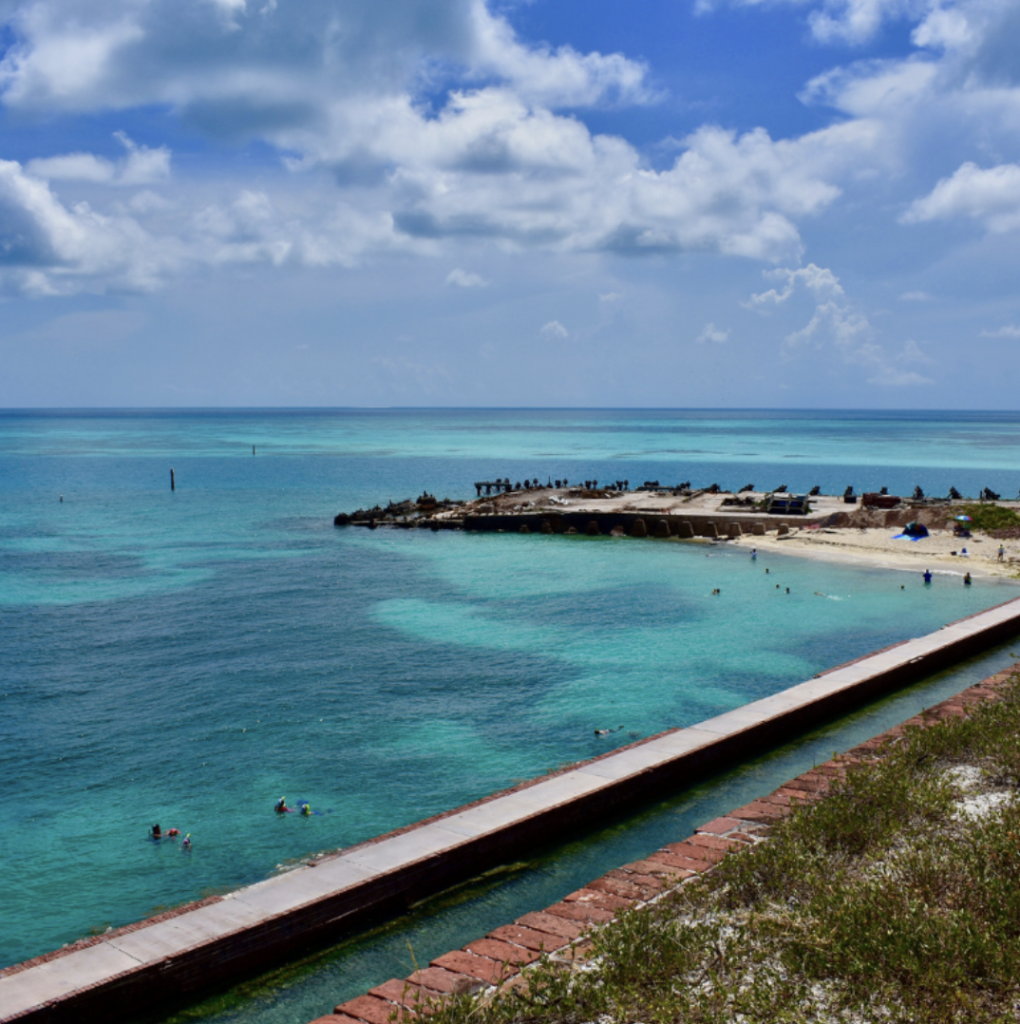
Located 70 miles west of Key West, Dry Tortugas is known for its crystal-clear waters, coral reefs, and Fort Jefferson. It’s an ideal spot for snorkeling, diving, and exploring maritime history, accessible only by boat or seaplane.
Snorkeling and Diving: Explore vibrant coral reefs and historic shipwrecks.
Wildlife Viewing: Observe sea turtles, tropical fish, and birdlife.
Photography Spots: Fort Jefferson and the lighthouse are iconic spots against the backdrop of the Gulf of Mexico.
Best Season: Spring (April to May) and fall (October to November) to avoid the summer heat and enjoy snorkeling, diving, and bird watching with fewer crowds.
7. Great Basin National Park, Nevada

Great Basin is renowned for its ancient bristlecone pines, Lehman Caves, and the majestic Wheeler Peak. It offers diverse attractions from stargazing under some of the darkest night skies to exploring subterranean caves and high mountain summits.
Hiking: Discover trails leading to ancient bristlecone pine groves and glacier-carved landscapes.
Stargazing: Experience some of the darkest night skies in the United States.
Cave Tours: Explore the marvels of Lehman Caves.
Best Season: Summer (June to September) for hiking and exploring the caves. Fall (September to October) offers beautiful autumn colors and cooler temperatures.
8. Katmai National Park and Preserve, Alaska
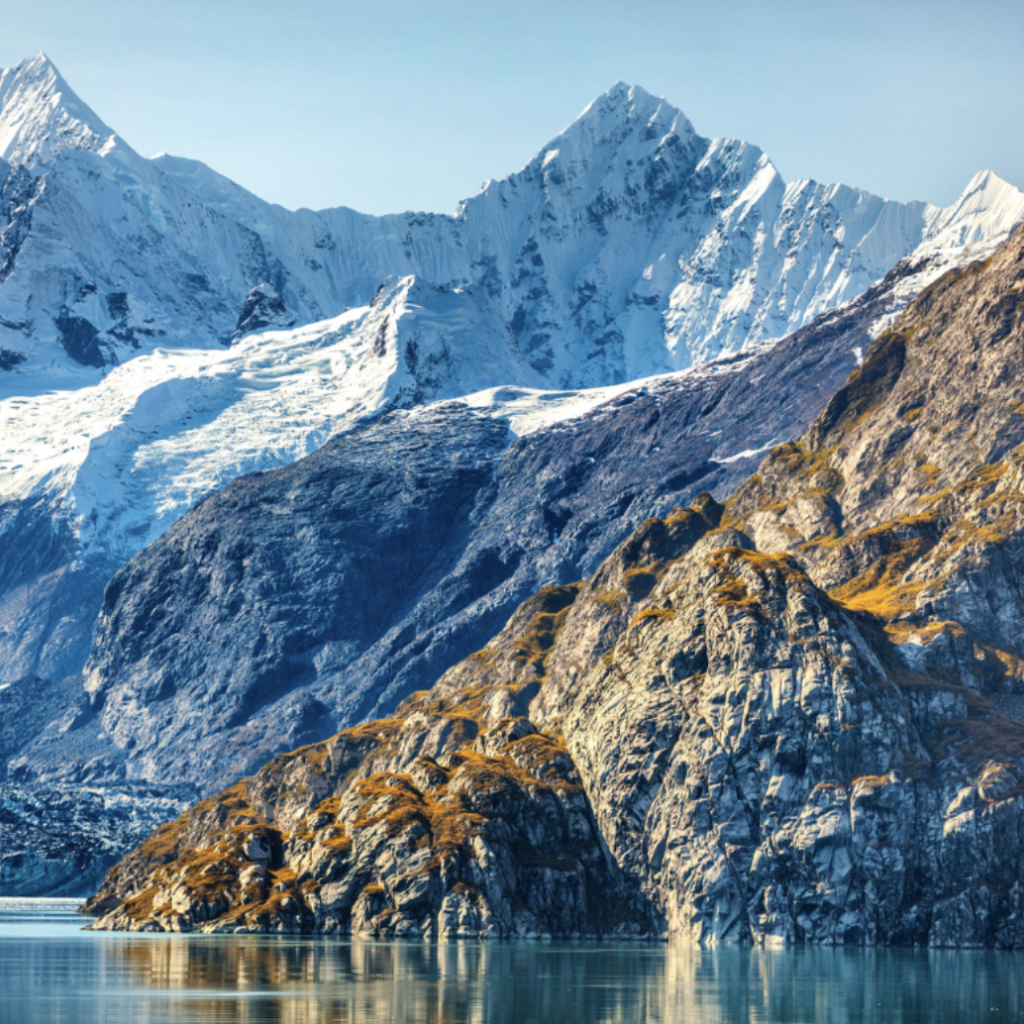
Best known for the brown bears of Brooks Falls, Katmai is a wilderness of active volcanoes, salmon-rich rivers, and expansive lakes. It’s a prime location for bear watching, fishing, and volcanic landscape exploration.
Wildlife Viewing: Watch brown bears in their natural setting at Brooks Falls.
Fishing: Cast a line in the park’s rivers and streams, teeming with salmon.
Photography Spots: Capture the volcanic landscapes and wildlife interactions.
Best Season: Late June to early September for bear watching and fishing, particularly July for the salmon run.
9. Wrangell-St. Elias National Park and Preserve, Alaska
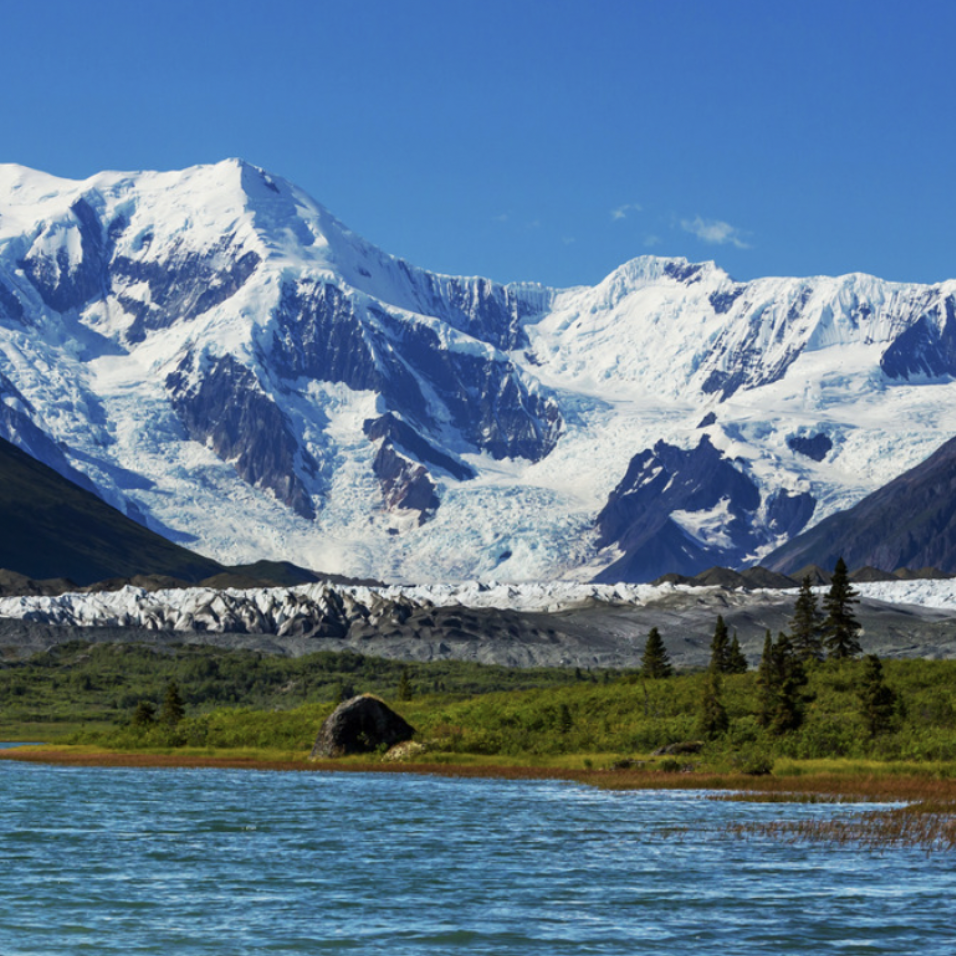
As the largest national park in the U.S., Wrangell-St. Elias is a monumental wilderness of glaciers, peaks, and rivers. It offers mountaineering, glacier hiking, and history in the old mining towns nestled within its vast boundaries.
Hiking and Mountaineering: Take on the challenge of hiking or climbing in America’s largest national park.
Glacier Tours: Explore the vast icy expanses up close.
Historic Sites: Visit the abandoned mining towns of Kennecott and McCarthy.
Best Season: Summer (June to September) for hiking, glacier tours, and flightseeing. Early fall can also offer beautiful vistas with fewer visitors.
10. Congaree National Park, South Carolina
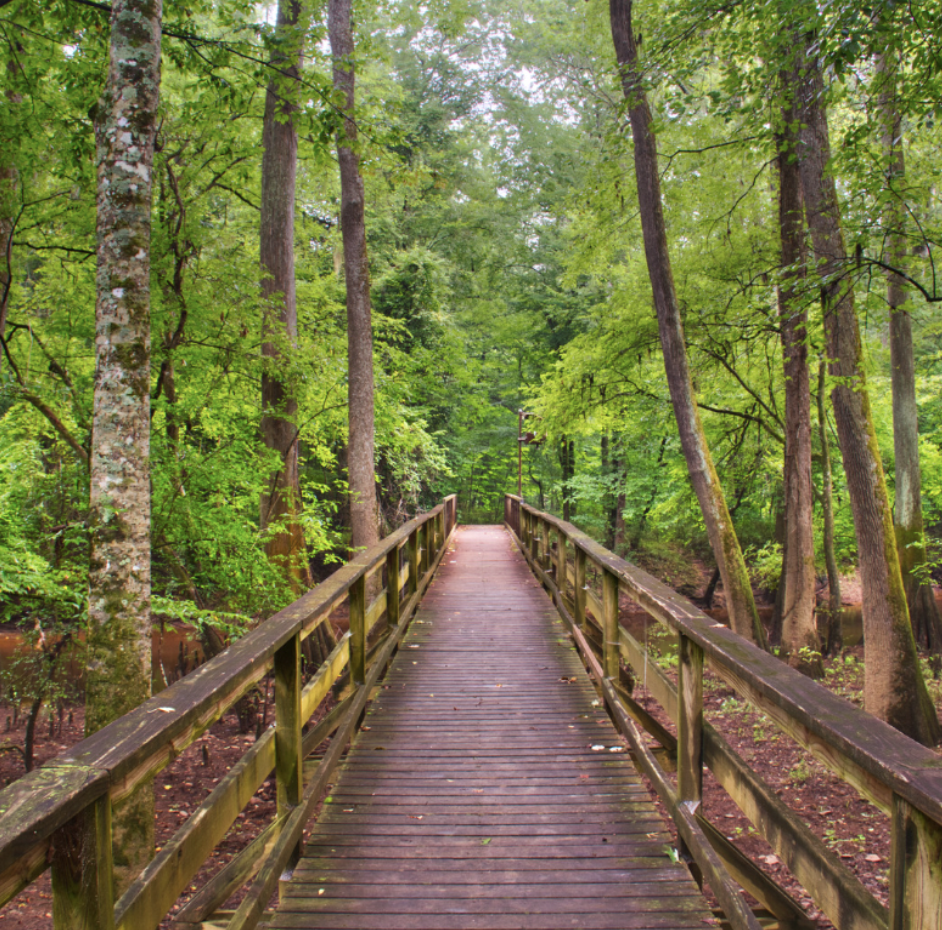
Congaree National Park preserves the largest tract of old growth bottomland hardwood forest in the Southeast. The park is famous for its biodiversity, towering trees, and the boardwalk loop that allows for easy exploration of its swampy landscape.
Hiking: Walk the Boardwalk Loop Trail for an easy stroll or venture into the backcountry for a deeper exploration of the forest.
Kayaking and Canoeing: Paddle through the park’s waterways, experiencing the tranquility of the floodplain ecosystem.
Wildlife Viewing: Look out for deer, otters, and a variety of bird species in this biodiverse habitat.
Best Season: Spring (March to May) and fall (September to November) offer mild temperatures and fewer mosquitoes, ideal for hiking and paddling.
Each of these parks offers a unique opportunity to connect with nature in ways that are increasingly rare in the more visited sites. Their isolation and the adventures they offer make them must-visit destinations for those seeking to explore America’s lesser-known natural wonders.
Getting There: Travel Tips and Logistics
Traveling to remote national parks often involves more planning and preparation than visiting their more accessible counterparts. Here are some tips and logistics to consider when planning your visit to these secluded natural wonders:
Research and Plan Ahead
Due to their remote locations, many of these parks require thorough research and planning. Check the National Park Service website for the most current information on park access, permits, and conditions. Understanding the best times of year to visit, as well as any potential hazards, will ensure a safer and more enjoyable trip.
Transportation
For many remote parks, especially those in Alaska like Gates of the Arctic or Kobuk Valley, the journey may involve flying into small local airports followed by charter planes, boats, or even snowmobiles to finally reach your destination. For others, such as Isle Royale, ferry or seaplane services are necessary. Always book these well in advance.
Gear and Supplies
Packing the right gear is crucial. This includes navigation tools, appropriate clothing, camping equipment if you plan to stay overnight, and enough food and water for the duration of your visit. Remember, many of these parks have no facilities, so pack out all your waste.
Safety and Leave No Trace
Familiarize yourself with Leave No Trace principles to minimize your impact on these pristine environments. And given the isolation of these parks, a solid understanding of wilderness first aid and preparation for potential emergencies is key. Consider carrying a satellite phone or GPS device for areas without cell service.
Local Knowledge
Whenever possible, tap into local knowledge. This could mean hiring a guide for certain activities or simply talking to locals or park rangers for advice on what to see and do. They can provide invaluable insights into the area’s history, weather patterns, and hidden gems.
Permits and Reservations
Some parks require permits for camping or specific activities. Check in advance and secure any necessary permits well before your trip. Similarly, if your trip involves staying in a national park lodge or cabin, reservations may be needed months in advance due to limited availability.
Planning a trip to a remote national park is an adventure in itself. With the right preparation, you can ensure a memorable and immersive experience in some of the most secluded and beautiful places on earth.
Essential Gear and Preparation Checklist
General Gear:
Backpack: Suitable for day hikes or multi-day treks, depending on your plans.
Weather-appropriate clothing: Layering system for variable conditions (base layer, insulation layer, waterproof/windproof outer layer).
Footwear: Sturdy hiking boots or shoes, broken in and suitable for the terrain.
Navigation tools: Map, compass, GPS device (with spare batteries).
Water purification method: Water filter, purification tablets, or a UV light purifier.
Hydration system: Water bottles or a hydration bladder (with capacity adjusted to the availability of water sources).
Food and snacks: High-energy, lightweight, and non-perishable.
First-aid kit: Include personal medications, blister care, and any specific items recommended for the area.
Multi-tool or knife.
Headlamp or flashlight (with extra batteries).
Park-Specific Gear:
Bear-resistant food container (if required by the park).
Insect repellent (especially important in areas like Congaree or Dry Tortugas).
Sun protection: Sunglasses, sunscreen, and a hat.
Cold weather gear: Insulated jacket, hat, gloves, and thermal underwear (for parks like Gates of the Arctic or North Cascades in cooler seasons).
Rain gear: Waterproof jacket and pants (consider quick-dry clothing to manage wet conditions).
Camping gear: Tent, sleeping bag, and pad (with temperature ratings appropriate for the season and location).
Camera and binoculars for wildlife viewing and photography.
Lightweight folding chair or sit pad for rest stops.
Personal locator beacon (PLB) or satellite messenger for remote or backcountry exploration.
Additional Items:
National park pass (if applicable).
Guidebooks and wildlife identification guides.
Journal and pen for notes or sketching.
Trash bags: Practice Leave No Trace principles by packing out all waste.
Cash (for park fees, permits, or emergencies where electronic payment isn’t an option).
Preparation Steps:
Check the park’s official website for any specific recommendations or requirements.
Inform someone of your itinerary and expected return time.
Acquire any necessary permits or reservations well in advance.
Review the local weather forecast and prepare for sudden changes.
Familiarize yourself with the area’s wildlife and safety precautions.
This comprehensive checklist ensures you’re well-prepared for a visit to less visited parks, focusing on safety, comfort, and minimizing environmental impact.
Discover the Beauty of Solitude with Bermudaful Travel and Beyond
Exploring America’s least visited national parks reveals the unmatched beauty of solitude in nature. These hidden gems offer a unique chance to experience untouched wilderness away from the crowds. At Bermudaful Travel & Beyond, I understand the allure of secluded natural treasures and the importance of preserving them for future generations.
Choose Travel By Ronda as your trusted travel advisor, and let’s create a memorable experience exploring the beauty of solitude together.


